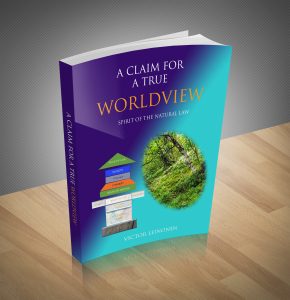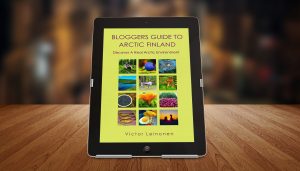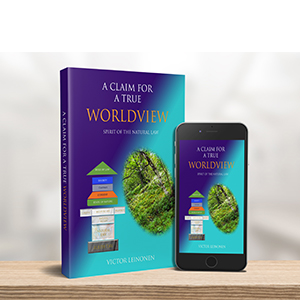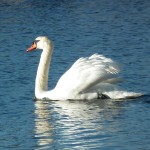Arctic indigenous peoples
Arctic indigenous peoples the Arctic Circle environment and the North Cap located at the far north of the planet Earth sphere is a unique region with unique history, a fresh water snow and ice crown on the planet earth, that the indigenous peoples have adapted with a spiritual affinity and the uniqueness comes with the territory. Then there is also the long history of the indigenous peoples living in the Siberian regions overall, that aspect also should be considered and respected from the perspective of the indigenous people’s history. It is easier said than done by governments, I agree, but who has the moral right to demolish ancient traditions and cultures just because it is financially alluring and materially promising? It is a question of moral values in the modern day society to be considered and respected. Greed has no boundaries; it is insatiable with no full quota to be found.
I think everybody that is environmentally conscious would agree with me when they realise that the unspoilt regions of the planet should be preserved for further study and the for the sake of the unique creators that live on the Arctic region and for the sake of scientific research of the planet and the global climate uncertainty.

What is a greater gain of the Arctic indigenous peoples?
We know what pollution is, where it comes from, what it does to the quality of life, and who is causing it to worsen?
The history of mankind/humanity on the planet over the last 1000 years has been a violent one, to explore, pioneer and expand and conquer all those that were relatively a smaller groups than the encroachment team that arrived on the virgin territory. The natural resources are seen as resources to be exploited, so the pillage starts with no constraints or moral laws to defend the rights of the indigenous peoples of the region.
Indigenous peoples living in the Arctic region
There is a long indigenous people’s history in the Siberian regions.
The Native small-numbered peoples of the North, Siberia and the Far East are native peoples of Russia with each less than 50,000 members, there are some 40 native peoples are officially recognised as native small-numbered peoples by way of inclusion into the unified register of native small-numbered peoples.
http://en.wikipedia.org/wiki/Indigenous_small-numbered_peoples_of_the_North,_Siberia_and_the_Far_East
Some of these peoples are nomadic reindeer herders, living in the tundra (arctic plain); others, who live in the forest tundra or taiga (coniferous forest), rely on a mixture of reindeer herding and hunting and gathering and often live in settlements.
Komi-Izhemtsi peoples
The reindeer-herding Komi-Izhemtsi people in western Siberia have rejected the takeover of their land for oil exploration and drilling by Russian oil-giant LUKOIL. They are demanding that the company suspends oil exploration, production and transport in their territory until their demands are met.
http://www.survivalinternational.org/news/10227
In 1918-1921 there was a violent revolutionary upheaval in Siberia leading to the Russian conquest of Siberia as Russian Cossacks under Captain Grigori Semionov established themselves as warlords by crushing the indigenous peoples who resisted colonization. The Russian colonization of Siberia and conquest of its indigenous peoples has been compared to European colonization in the United States and its natives, with similar negative impacts on the natives and the appropriation of their land.
http://en.wikipedia.org/wiki/Indigenous_peoples_of_Siberia
The Arctic is also unique because it is partly covered over with ice, and so being environmentally vulnerable to the rapid climate changes. There is some discussion about an Arctic treaty being reasonable for the sake of the Arctic region’s indigenous peoples and the environment.
International law is that it is often described as a dynamic legal treaty or by customary international law being established through state general practice and being defined as “accepted law”. Another characteristic is that international law may be of a general character, but also that it is geographically limited to a specific area.
In today’s International awareness for the natural clean environments and conservation, it is no surprise that in an area like the Arctic where many are showing their interests, which is assumed to contain valuable mineral resources that a debate has risen over the vulnerable environment of the Arctic.
A special Arctic Treaty to reflect the peculiarities of the area. Article 234 of UNCLOS III and the IMO Guidelines both indicate the need for special legal instruments in the Arctic, but they are at the same time examples of such instruments being established within already existing legal framework.
Also in regard to an Arctic Treaty it seems relevant to remind that the U.N. Convention on the Law of the Sea has been described as “possibly the greatest legal development ever to take place 1”. It thus seems relevant to assume that there will be ways to relate to maritime matters in the Arctic within the legal framework of this Convention. But the rights of the indigenous peoples traditional and culture is entirely a different kettle of fish. The indigenous culture preservation and their tight to their ancestors land is a moral issue, since when should the mining of natural resources be of more value than traditional cultures.
There are many examples of such worldwide, but that does not make it legitimate. Just because someone else is doing it, or has done it, that does not give license to repeat it. Respecting indigenous cultures and their culture does have long lasting values and it can foster trust and respect all around, it should be given ample time to germinate real values that are people centred instead of impersonal material, money and greed. It may sound idealistic, but they have been realised, practised and attained elsewhere in the world, by someone being an example for others. Trust and respect follows.
Visit web site http://laplandguide.eu/ for more regional information on the Arctic Lapland.
 Bloggers Guide To Arctic Finland 2020
Bloggers Guide To Arctic Finland 2020 New Book Out!
New Book Out! Travel Guide To Arctic Finland
Travel Guide To Arctic Finland Recent Posts
Recent Posts


Leave a Reply